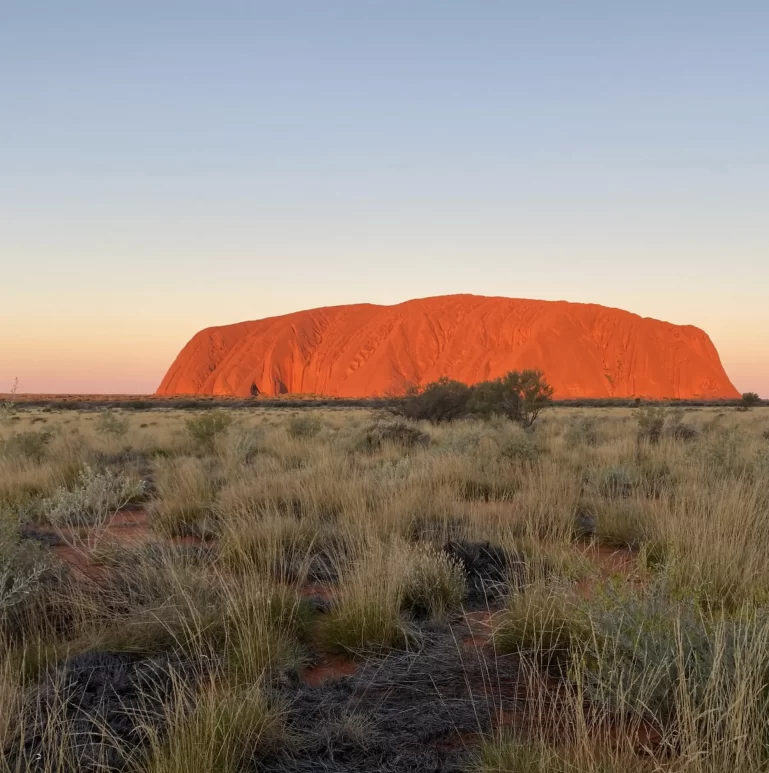
The Red Centre of Australia is home to some of the most incredible natural wonders on the planet. Of these, Uluru (Ayers Rock) is a global icon of Australia’s Indigenous culture. But many visitors to the region get Mt Conner (another big rock) mixed up with Uluru and wonder what the differences are. This article will look at their size, history and cultural significance so you can understand them better.
By digging into their geology, cultural significance and the methods used to measure them we can appreciate what makes each one special.
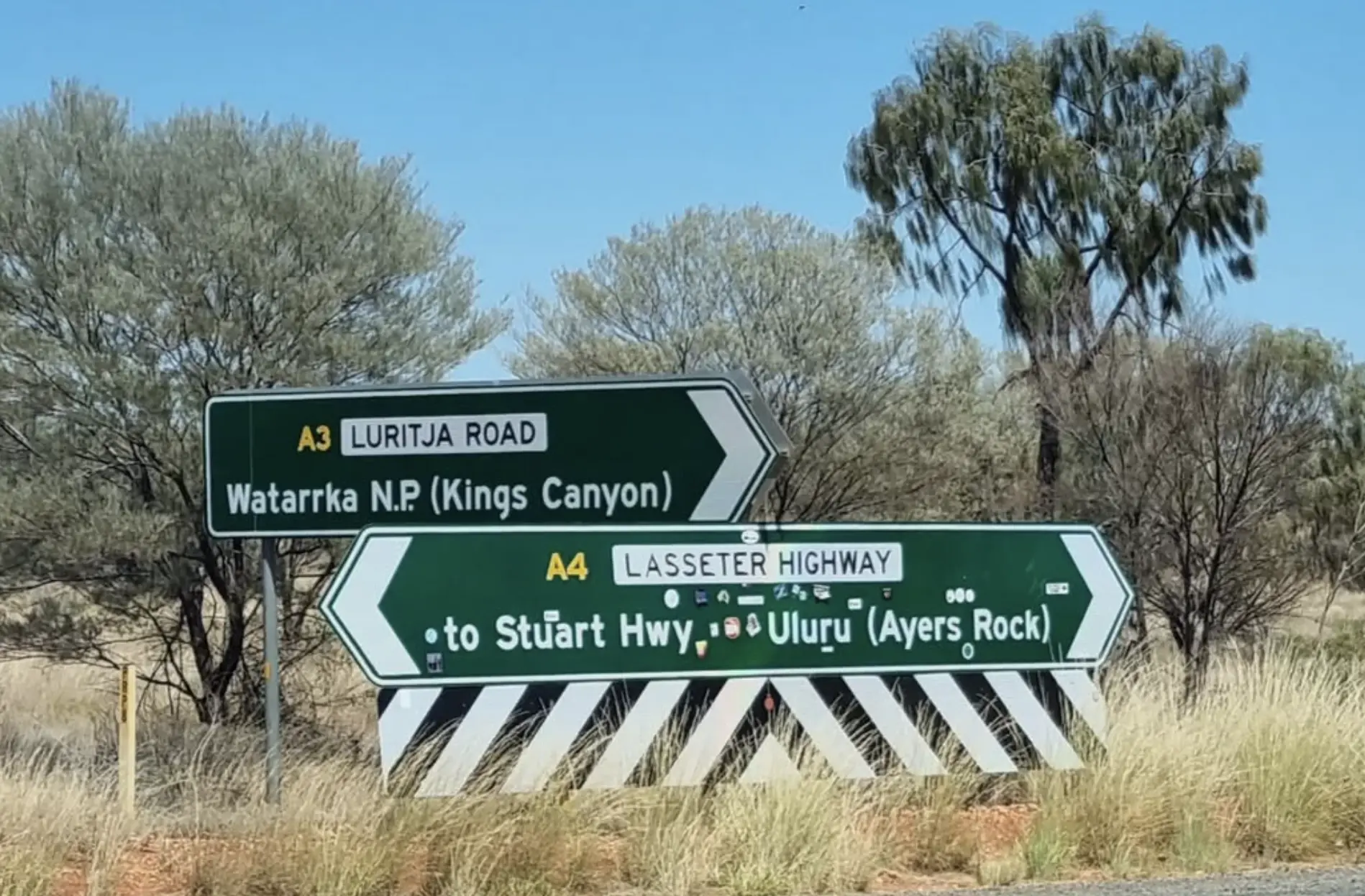
Contents
Size Comparison
Uluru: Uluru is a big sandstone rock, 348m (1,142ft) above the plain. Its base is 9.4km (5.8 miles) around, one of the biggest monoliths in the world. Its many features make it a site of practical importance for geological and cultural research. The confidence in Uluru’s measurements and its presence make it a global icon.
Mt Conner: Often called “Fooluru” because it looks like Uluru from a distance, Mt Conner is 300m (984ft) high. Its base is more circular with a flat top and is smaller than Uluru. While Mt Conner’s appearance isn’t as significant as Uluru’s, its geology is interesting. Researchers use sample sets from its rock formations to estimate values to understand the region’s history.
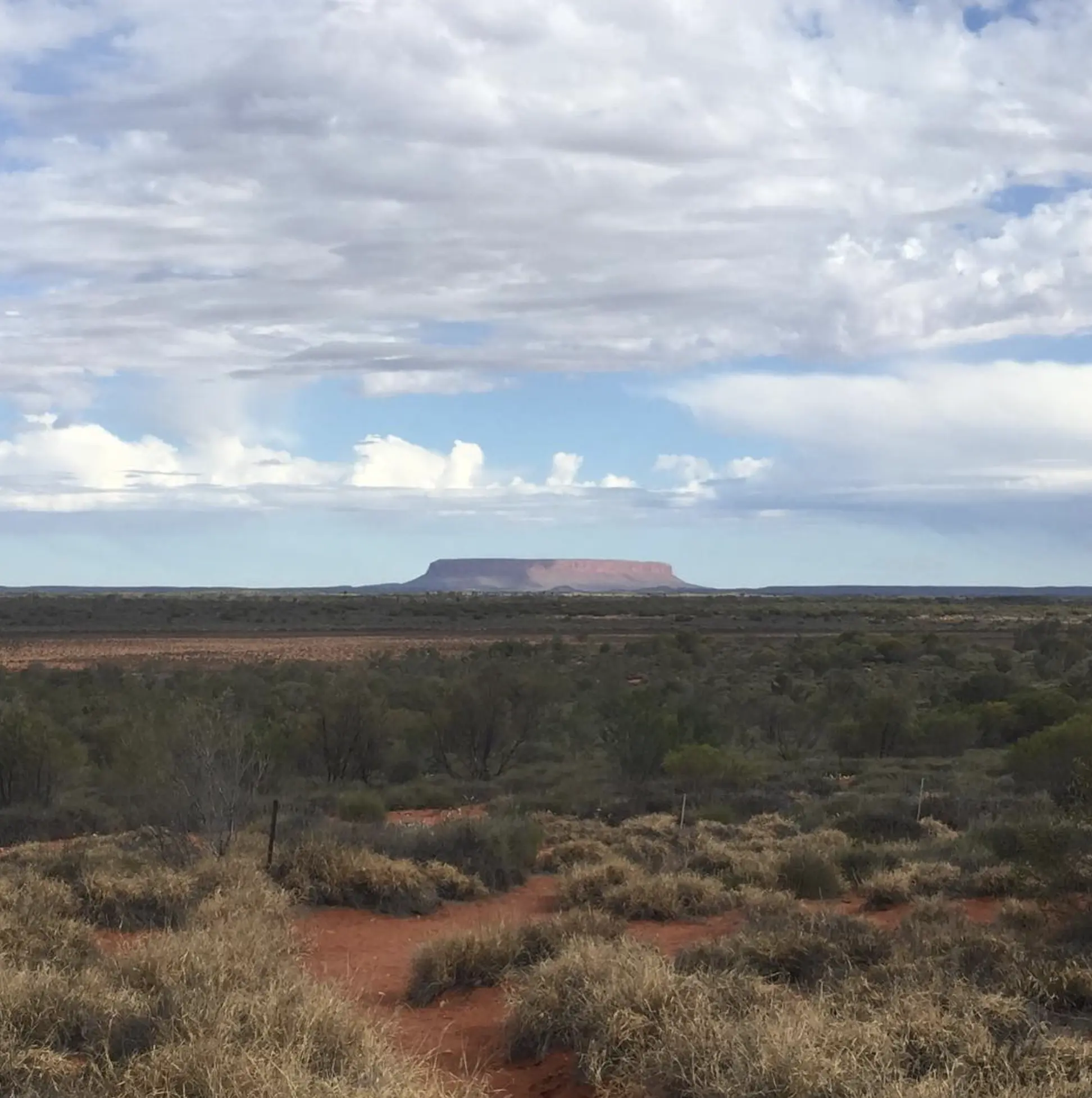
Historical and Geological Background
Uluru: Geologists think Uluru was formed 550 million years ago. It’s made of arkose sandstone and its red colour is due to the oxidation of iron in the rock. For the Anangu people, the traditional owners of Uluru, the rock is spiritually significant. It features in their Tjukurpa (Dreamtime stories) which are the foundation of their culture and beliefs. Historical theories about Uluru’s formation are supported by inferential statistics and geological data, explaining how this icon was formed.
Mt Conner: Mt Conner is part of the nearby Curtin Springs cattle station and is the same age as Uluru. Unlike Uluru’s arkose sandstone, Mt Conner is made of dolomite and quartzite. While it has less cultural significance than Uluru, its geology is interesting. Standard error in sampling from its plateau regions gives researchers data to compare with Uluru’s structure and many interpretations of how they formed.
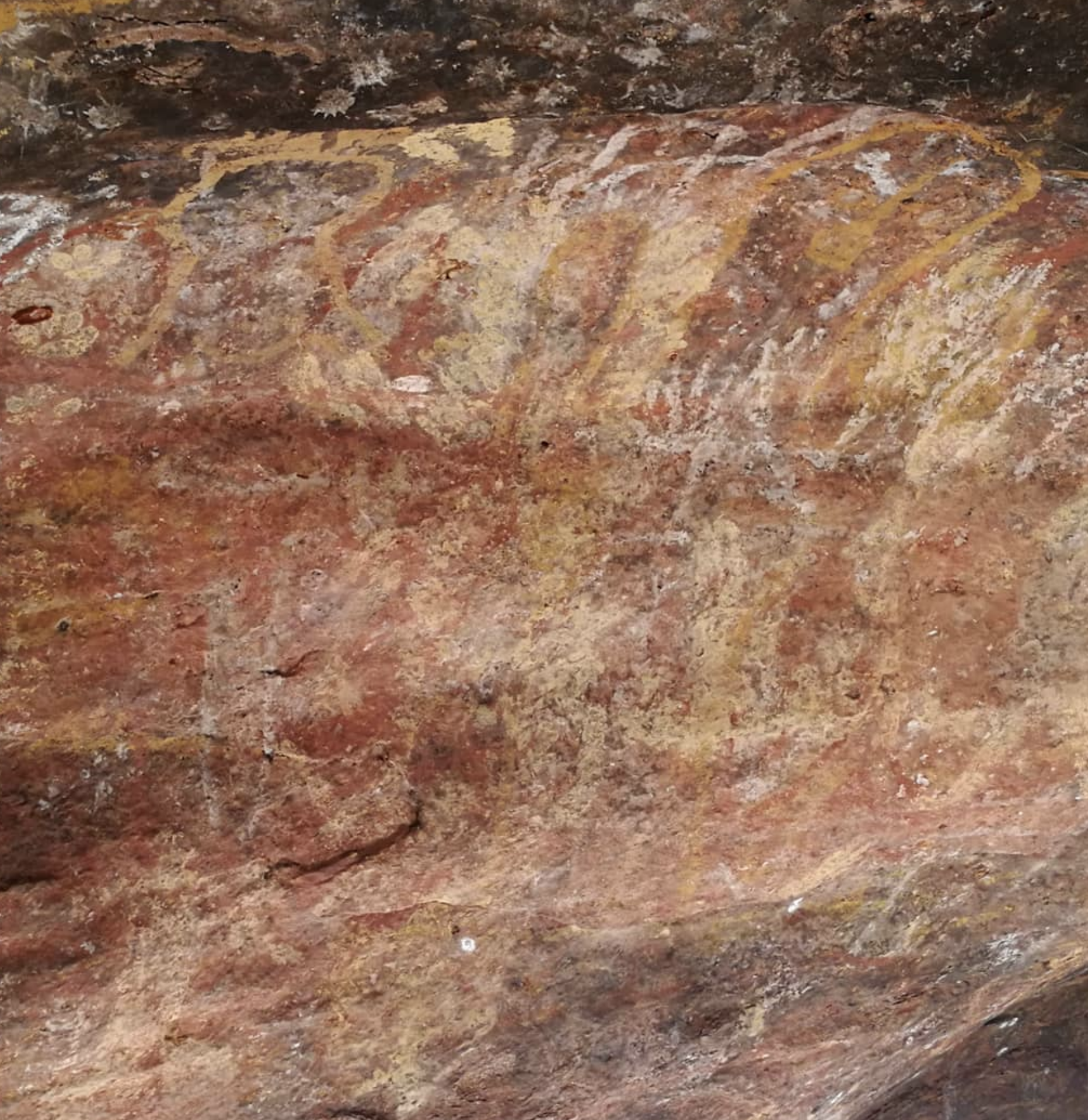
Nearby Attractions
Beyond Mt Conner and Uluru there are many other must-see destinations at Uluru-Kata Tjuta National Park. Kata Tjuta (The Olgas) is a group of large domed rock formations, a total contrast to Uluru in terms of geology and culture. Kings Canyon with its cliffs and valley is another highlight of the region. These destinations complement the icons and offer many different experiences for visitors. Uluru Tours at these sites often use intuitive understanding to weave together geological, cultural and ecological stories.
Practical Significance of Nearby Destinations: Visitors to the region get to see many outcome variables, from the stories of the land to the ecological patterns in these formations. Understanding the practical significance of these destinations helps to appreciate the bigger picture of the Red Centre.
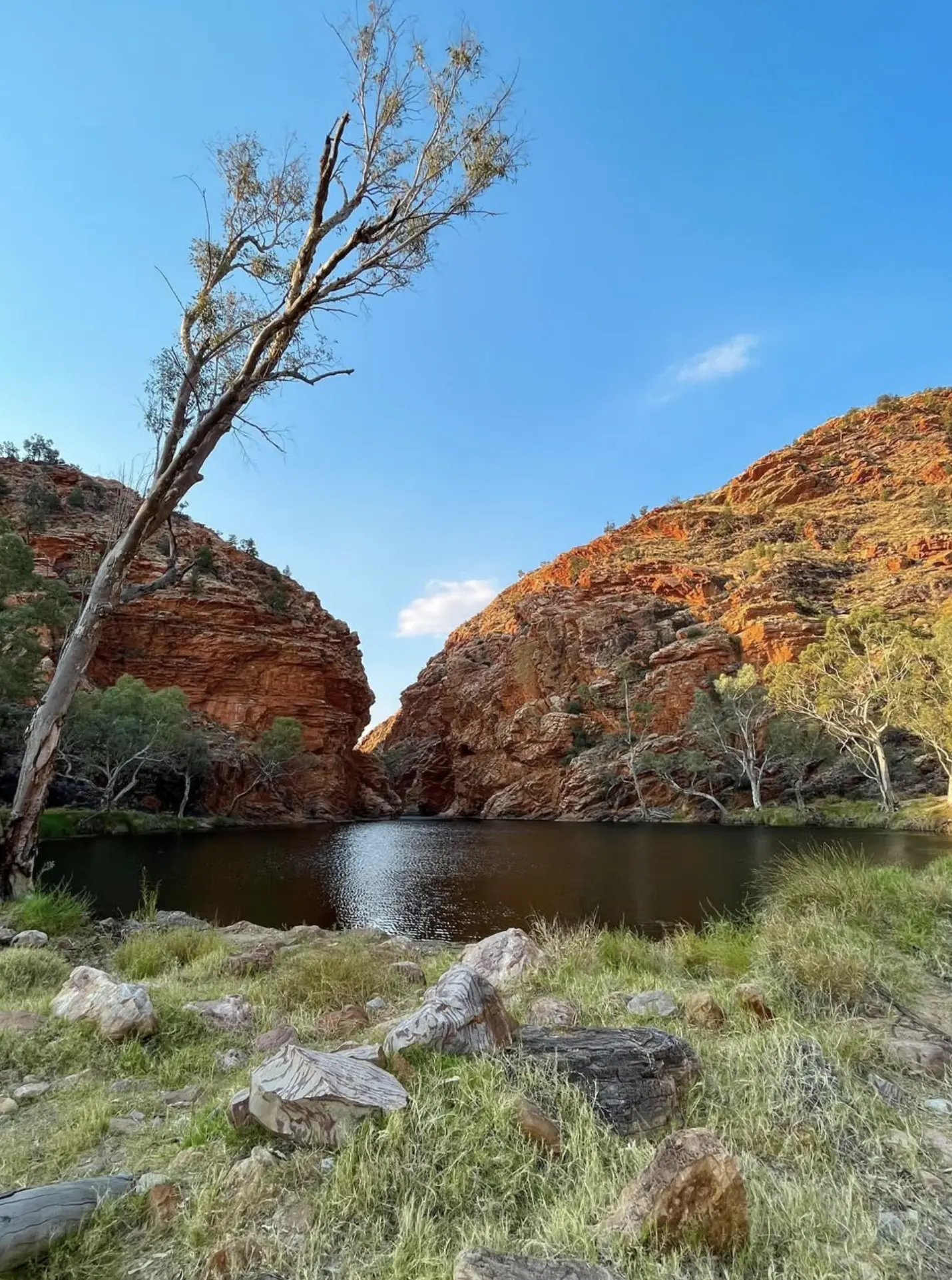
Cultural Significance
Uluru: As a sacred site Uluru is deeply connected to the Anangu people’s spiritual practices. Visitors are asked to respect the cultural restrictions on certain parts of the rock and to learn about its significance through guided tours and educational programs. Uluru’s clinical significance for cultural awareness and understanding is unmatched. Alice Springs Tours to Uluru often stress the importance of respecting the level of significance the Anangu people put on the site.
Mt Conner: Mt Conner is private and not as culturally significant as Uluru. Guided tours are available through Curtin Springs Station where visitors can learn about the geology and ecology but not the indigenous cultural connections. However, not as culturally significant Mt Conner has some relevance to understanding the bigger environmental picture. Tourists often compare the margin of error in the geological interpretation at Mt. Conner and Uluru and see the different stories each tells.
Inferential Statistics
Researchers use inferential statistics to analyse data from Uluru and Mt Conner. By looking at the sample size of rock formations and using standard error to account for the margin of error they can tease out layers of information about the region’s history. This analytical approach adds to the historical narratives around these monoliths.
Which one to visit?
While Uluru is a must-see for its icon status and cultural significance, Mt Conner is a quieter and less touristy experience. If you have time see both and you’ll get a deeper appreciation of the Red Centre’s different landscapes and history. Both have their own level of significance. See both and you’ll get the full story of the Red Centre.
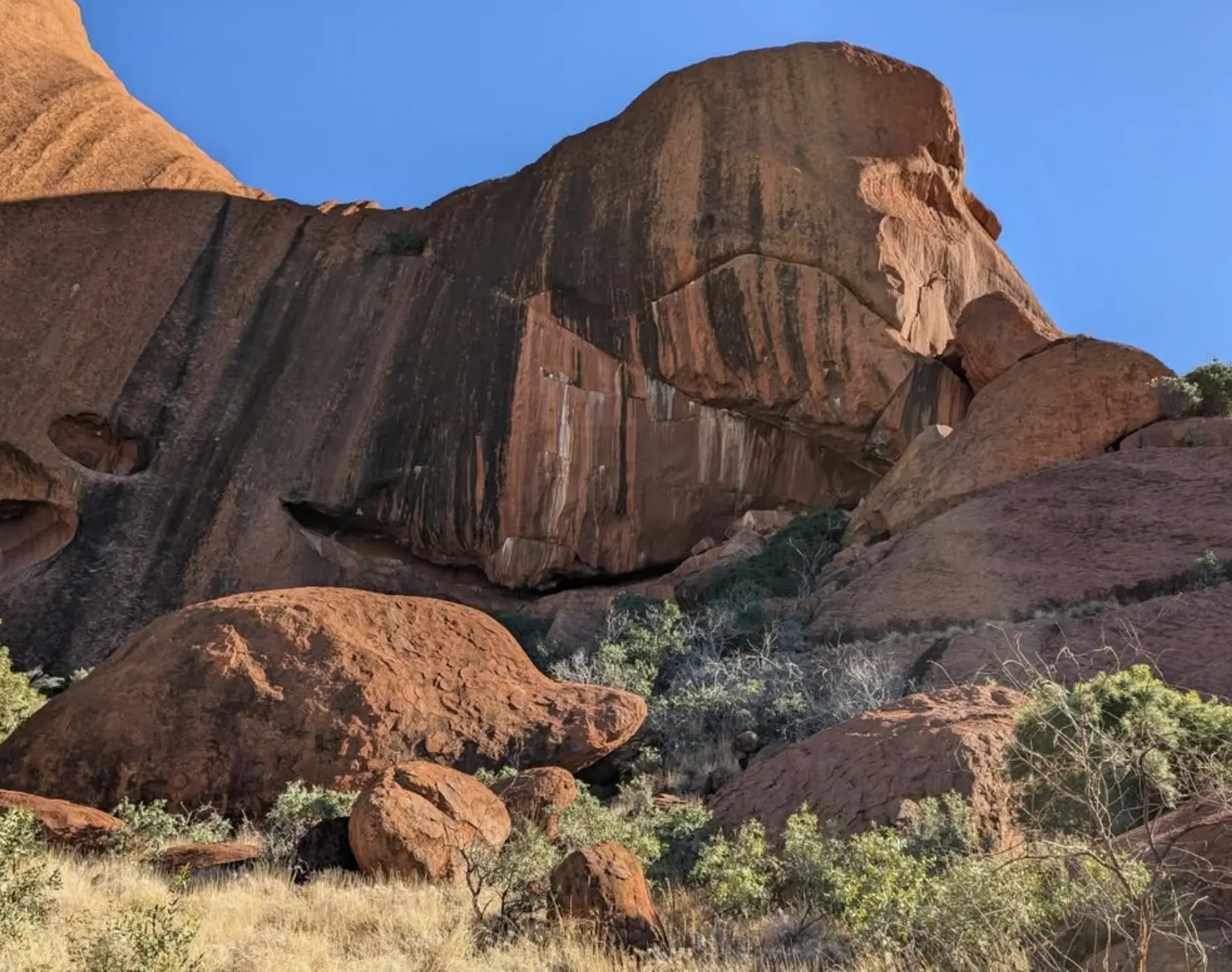
Conclusion
See Uluru and Mt Conner and you’ll see two of Australia’s most amazing natural wonders and get to understand the bigger geological, cultural and historical stories of the Red Centre. Use intuitive understanding, inferential statistics and respect for the significance levels of these sites.
FAQ
Is Mt Conner as big as Uluru?
No, Uluru is much bigger than Mt Conner in height and circumference. Uluru is 348m high and Mt Conner is about 300m. The margin of error in the geological measurements is also different because of the sample size.
Why is Mt Conner called “Fooluru”?
Mt Conner is often mistaken for Uluru by tourists because of its red colour and remote location. That’s why it’s called “Fooluru”, because that’s what it looks like.
Can you climb Mt Conner or Uluru?
You can’t climb Uluru because of its cultural significance to the Anangu people. Mt Conner being private land can only be visited through guided 2 day Uluru tour and climbing is not allowed. Respecting these restrictions shows how important both sites are.
How far apart are Mt Conner and Uluru?
Mt Conner is about 100km (62 miles) east of Uluru. The two are separate and in different parts of the Red Centre so you get different outcome variables when you visit the region.
When to visit?
May to September is the best time to visit both Uluru and Mt Conner when the temperature is more comfortable to explore.
